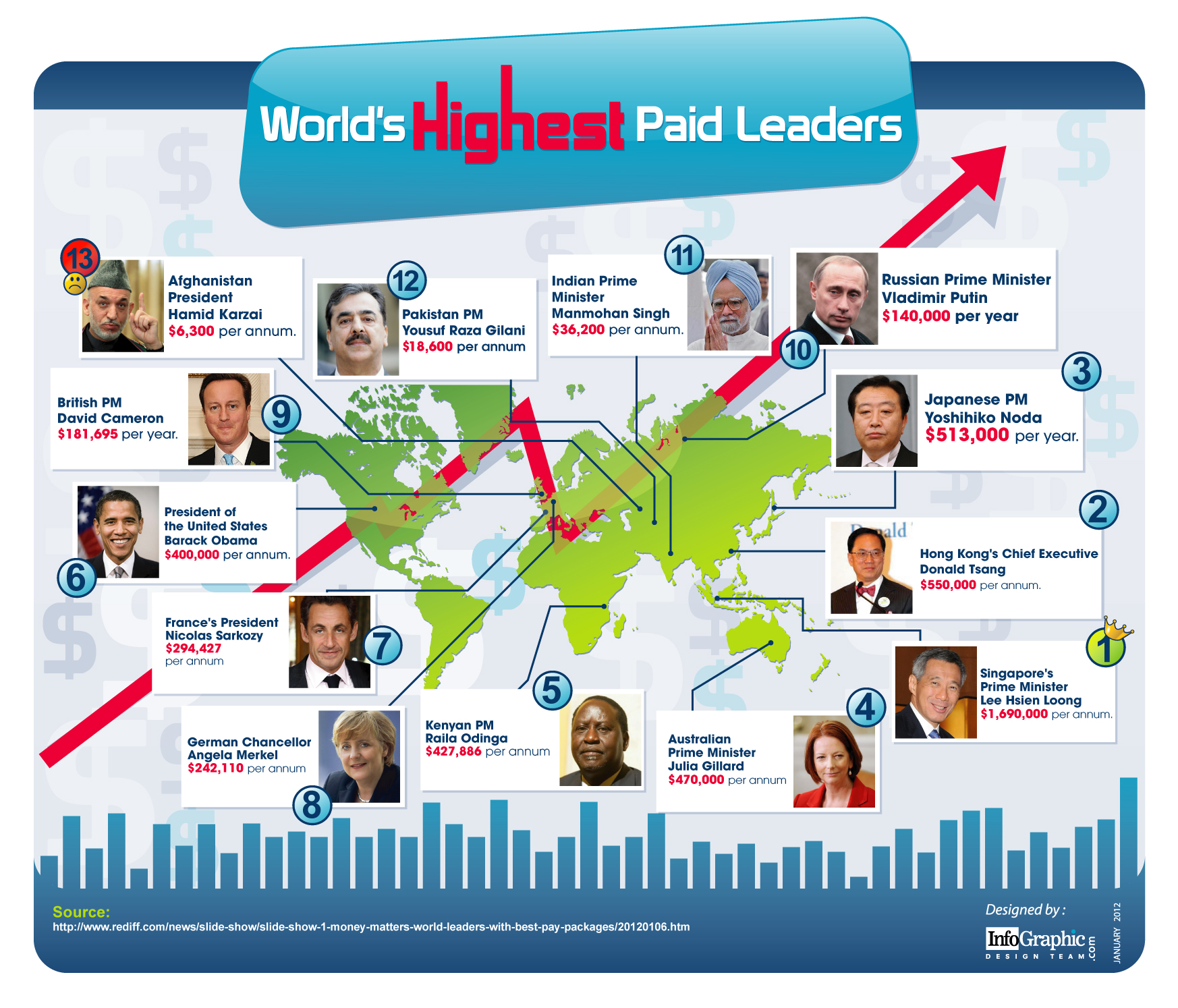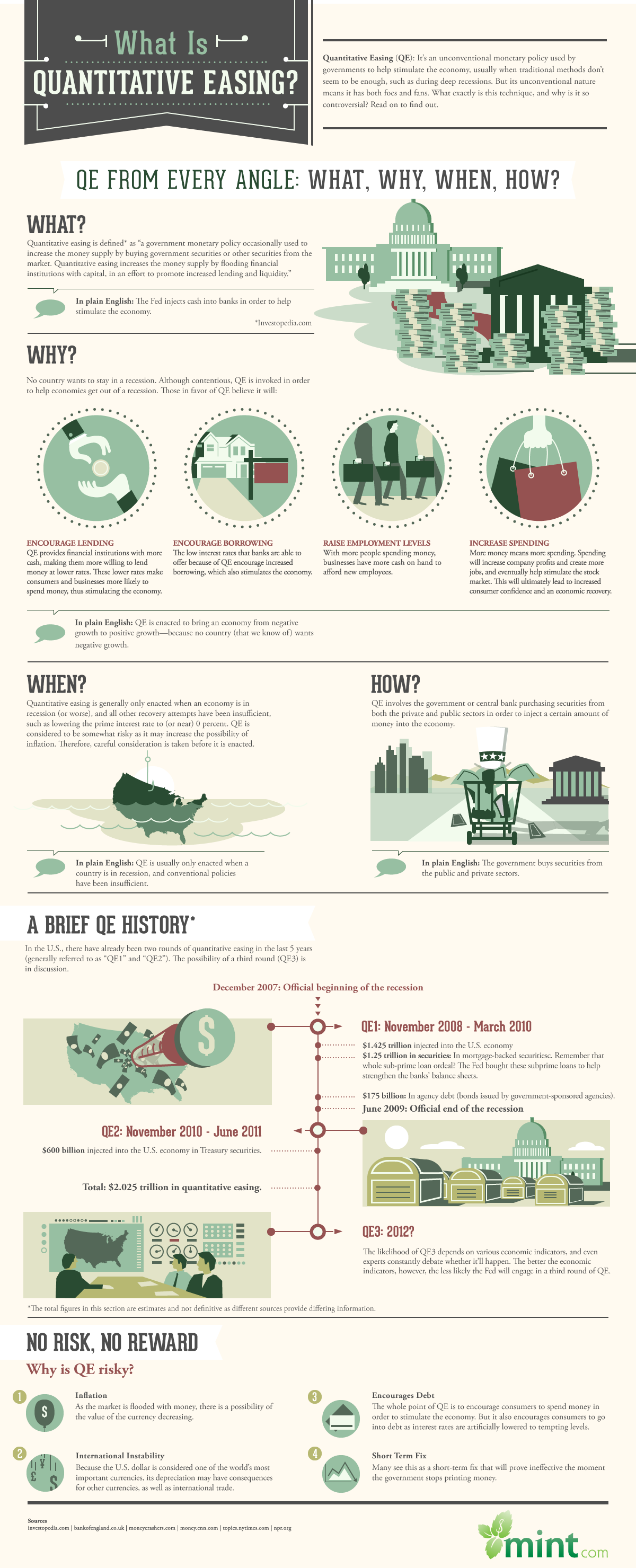The US election which is going to be held on 6 November,2012.Not only people of US, but also people all over the world anxiously waiting for the this election. Who is going to rule the US for next four years. Is it the sometime much acclaimed or sometime criticized the present US president Barack Obama or someone other than Obama. US economy is in hole, and no one knows how to climb out of it. So whoever will be elected a he have to confront the dwindling economy, huge unemployment problem through which US is passing through. With this election future of other nation is also related. So the US election 2012 definitely going to be a political extravaganza of this century. Check out this Infographic Race for the White House, designed by InfoGraphic Design Team to know more about US election Presidential candidates.







